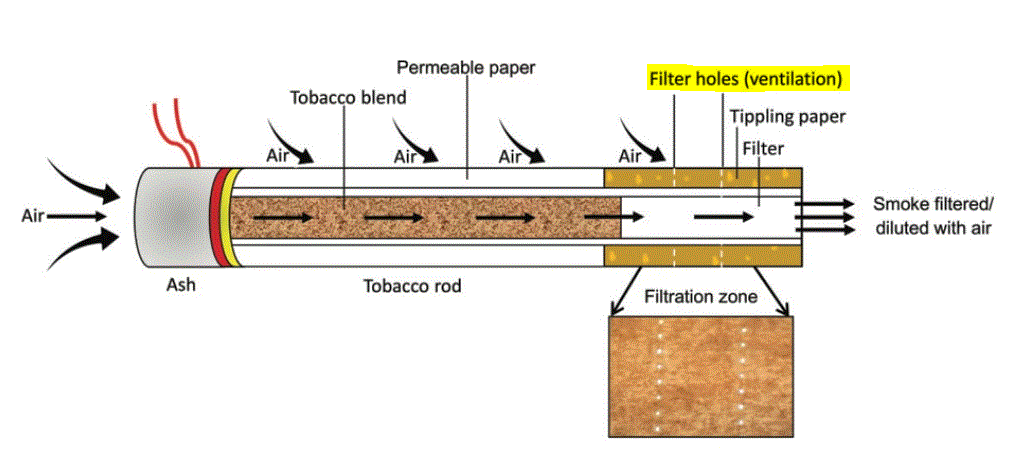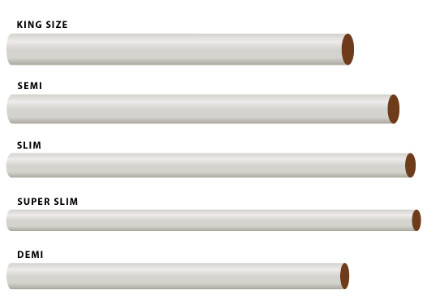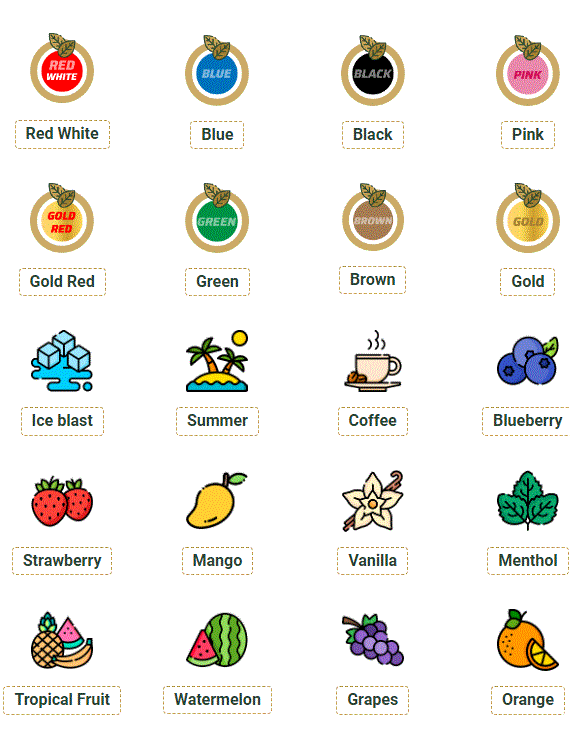According to the research of WHO, there are three main cigarette characteristics impact on user behavior, includes:
1. Filter ventilation

Filter ventilation plays important role in optimizing smoker’s nicotine intake, with the perceived chemosensory affect. This is defined as air entering a cigarette through the percentage of tipping paper that does not overlap the tobacco rod. It allows more complete combustion of tobacco and greater retention of particulate matter by the cellulose acetate in the filter and changes smoker’s sensory reactions with cigarette smoke.
Many documents mentioned that filter ventilation was the highlight approach in engineering low-yield cigarettes because it leads smokers to perceive that the smoke tastes lighter and is less irritating than that of regular cigarettes, which powerfully supports their belief that the tar and nicotine intakes from such cigarettes are lower.
2. Physical dimensions

Many studies indicated that length of cigarette has large impact on smoking behavior, such as volume and puff duration. For instance, a full-length cigarette with more puffs could bring more satisfaction for users than half – or quarter-length cigarette. There are some kinds of cigarette dimensions like king size, regular, slim or super slim and the usual diameter of a conventional cigarette is 7.5–8.0 mm, although slim varieties may measure 5 or 6 mm. Moreover, cigarette length generally falls into one of four categories: “regular”, 68–70-mm unfiltered; “king size”, 79–88-mm filtered; “long”, 94–101-mm filtered and “extralong” 110–121 mm filtered.
3. Flavors

Flavored cigarettes elicited greater positive expectancy than unflavored cigarettes which are mentioned in many reports. There are many flavors such as menthol, spearmint, peppermint, chocolate, apricot, coconut, etc. In addition, adding flavors into cigarette sometimes in order to appeal to young people, certain ethnic groups of people and also mask the harshness of smoke, making inhalation easier. However, many research of showed the contradictory results that implementing flavors into cigarettes does not essentially effect how established smokers choosing cigarette.



